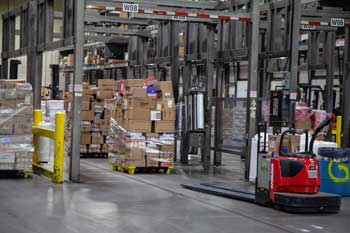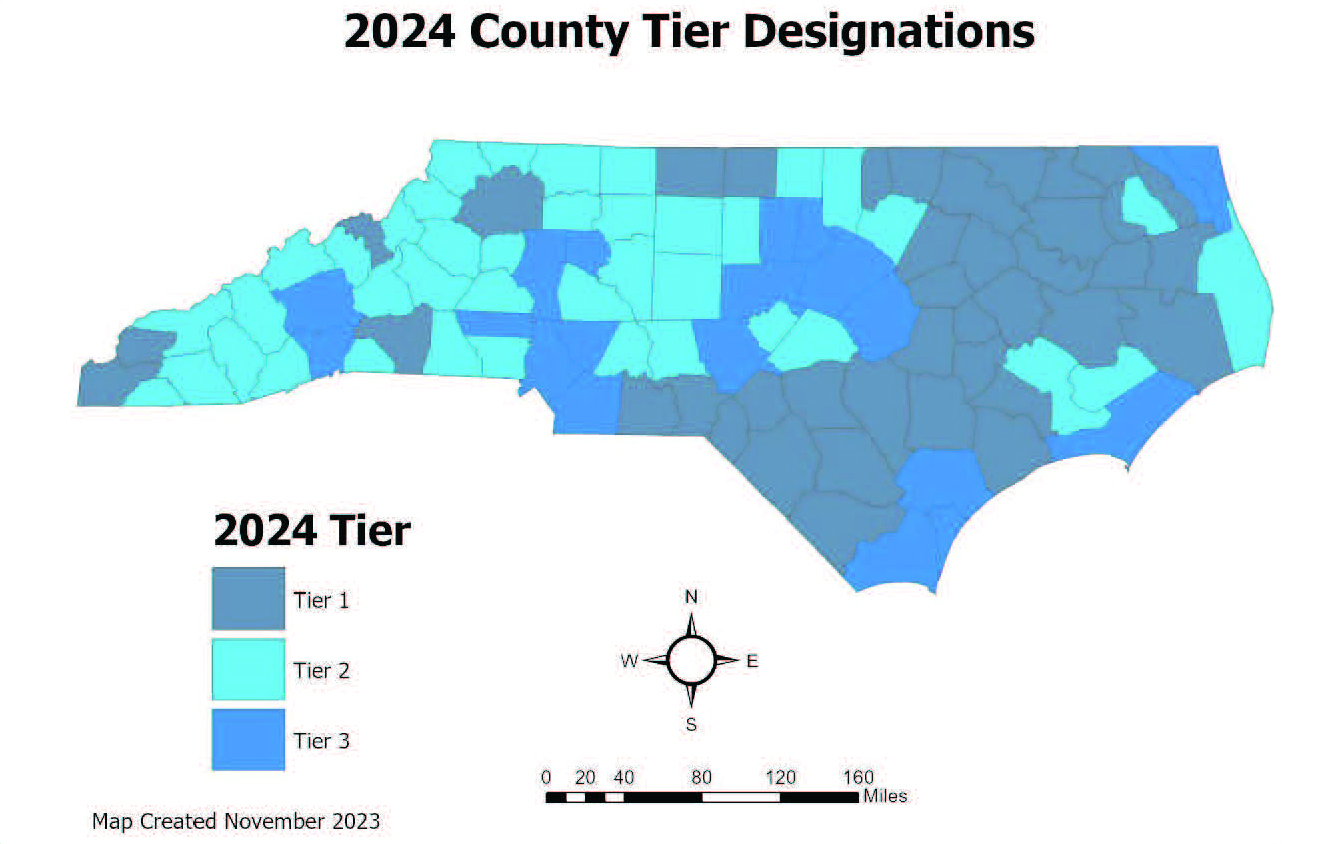
NC is America’s Top State for Business (CNBC, 2022)
Powered by an economy that has hit its stride and turbocharged by a track record of innovation, Caldwell County is the best of NC.
10 Dec 2023
News
The Bio-Block Spiral is a small, short wall, but it may be a bulwark against a giant threat: climate change. The curved, mud-colored structure is part of the current Chicago Architecture Biennial, entitled “Rehearsing the Future.” Unlike the artists’ installations filling the city’s downtown exhibit halls, the Bio-Block Spiral rises as a tight 15-foot-tall circle of concrete blocks outside the entrance to an office building that’s away from the action. Perhaps that’s because the wall’s chief creators aren’t artists. They’re bacteria. More specifically, cyanobacteria, aka blue-green algae, aka pond scum.
The cyanobacteria has been cultivated, with the help of clever biotechnology, to make biocement. The gooey material is a carbon-absorbing alternative to Portland cement, the binder currently used to make nearly all of the world’s concrete. Portland cement is churned out from limestone fed into giant, fiery, fossil-fuel-hungry, carbon-spewing chemical plants and is the source of around 8 percent of the world’s climate-warming CO2 emissions.


